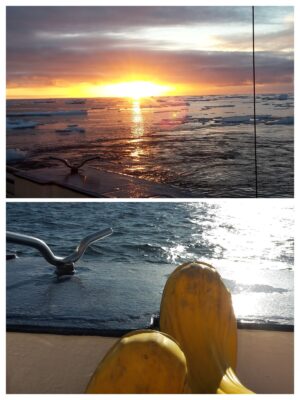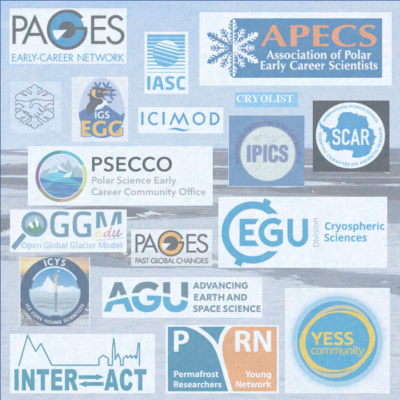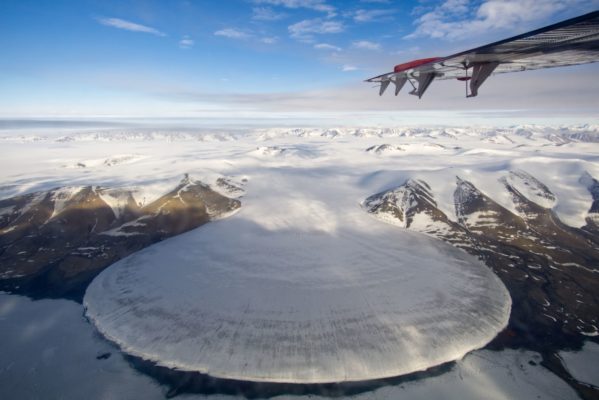Are you planning on attending the EGU General Assembly happening very shortly in Vienna, Austria? – We are! As every year, we are very much looking forward to connecting with you during the various events and are very excited to already share some of our highlights with you today. Keep an eye open on social media for daily cryosphere highlights during EGU! Would you like to meet us? Find us ...[Read More]
SciComm notes: can Granny understand your science?

As an EGU division blog, we facilitate that the most recent cryoscientific insights reach a wider audience. To do this, we have a team of experienced editors (and former authors), but we also love helping first time authors getting experience with outreach. But if you have ever written an outreach piece, you might know that it can be more difficult than expected to write down your research in simp ...[Read More]
Give your ears a holiday treat: our favourite polar podcasts

December is a busy month, and while we are busy preparing gifts and a mindful attitude for the festive season, finishing up projects for the year, at some point, we close the laptop and take our ride of choice home. So as a little treat for your ears, we found some 8 (+1) polar podcasts for those in need of a little inspiration. The podcasts are tackled from points of natural science, policy, hist ...[Read More]
Some icy summer reads – the blog goes on holiday
The cryosphere blog is taking a summer break but not without first providing you with your beach/airplane/train/fieldwork/balcony summer reading list to make you miss us a tiny bit less. Continue reading this post to explore some summer inspiration. Like a lot of northern countries who take long summer breaks to enjoy the long hours of light (midnight sun) after a dark winter, the Cryoblog is also ...[Read More]
The more the merrier – Interview with the two new Cryo ECS representatives
After two years of great work, our current cryosphere division ECS representative TJ Young is passing on the task of representing the needs and wishes of the cryosphere division early career scientists (ECS). As they make up a majority of the EGU members, their representatives make sure to see their needs and voices heard. You might know that the EGU ECS community is represented by two union-level ...[Read More]
End-of-the-year special: this year’s Cryoblog
So this is the last post in 2022 for our blog. We have decided that this time, the topic will not be another exciting story about the science of ice and cold in their various forms. This time we are talking about the blog itself, so a kind of meta-post to take stock and understand a little better how our blog works, what it is about, and who our main authors are. To this purpose, we asked all the ...[Read More]
A little guide to find your way through the Cryo-Jungle?
Are you starting your studies in cryospheric sciences, or are coming into our field from another subject? If so, you may have unsuspectingly waded into a (very thick) soup of acronyms! Don’t fret–here is your “one stop shop” that tells you where to look for more information! Early Career Organisations Unless you’re fortunate enough to be working in a polar-oriented institute (some of our previous ...[Read More]
Did you know… the difference between sea-ice area and sea-ice extent?
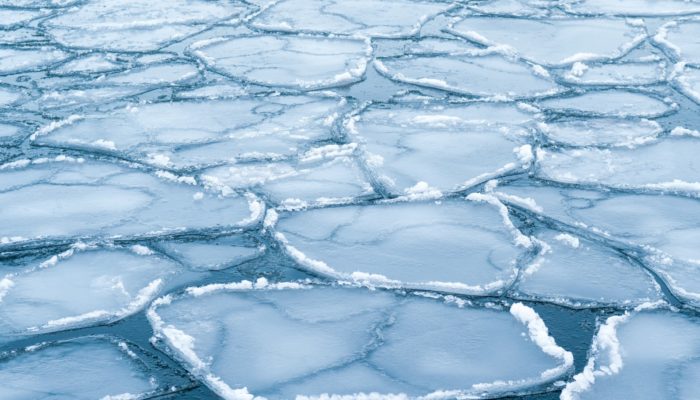
At the beginning of March, just over a month ago, sea ice in the Arctic reached its annual maximum extent. As currently all media attention is focused on other news, you might have missed that, once again, this maximum fell below the 1981 to 2010 average maximum extent. When reading headlines about such sea-ice facts, you may have been confused by the seemingly interchangeable use of “sea-ice exte ...[Read More]
The foot of a glaciated mammoth? No… A glacier!
Ice is a viscous fluid: it flows but slowly, reaching up to 100 m/yr for the fastest flowing ice. That’s 0.00001 km/hr, so you’d never see it with the naked eye. But what influences the morphology of the glaciers is the shape of the topography that lies underneath them. Elephant Foot Glacier, shown above, aptly named for its shape, is a textbook-example of a piedmont glacier. These types of glacie ...[Read More]
Cryo Adventures – What’s currently going on in Antarctic science?
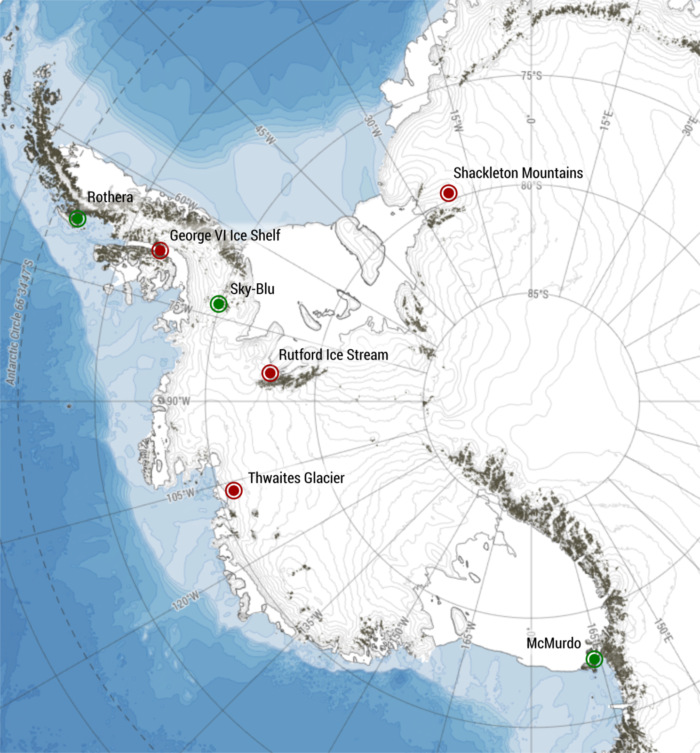
As Christmas gets closer, days are getting shorter in the northern hemisphere. A good excuse to get cosy inside on the sofa, drinking tea and eating Christmas biscuits. Meanwhile, a few thousand of scientists are heading “South”, to Antarctica, where the lengthening days provide the perfect conditions to conduct a whole variety of scientific field expeditions… Science in Antarctica Just last ...[Read More]


